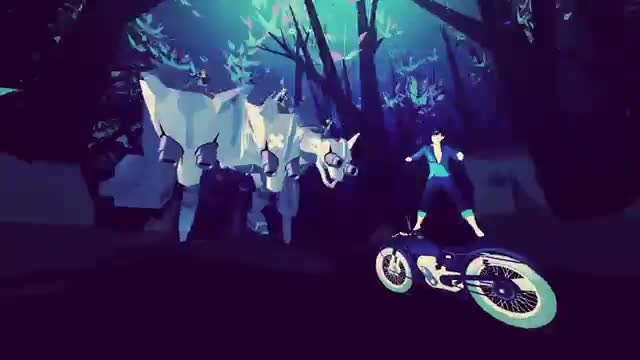

For example, talents higher in the tree are expected to be more commonly chosen, while talents lower in the tree are more optional and more geared towards shaping max-level builds.ĭragonflight talent trees have some significant differences from previous versions of talent trees in World of Warcraft. Trees also communicate dependencies and magnitude intuitively, without a lot of added rules. Visually, trees are still an intuitive way to represent the different paths one could follow while making many choices about a character.

This all led us back to talent trees- a concept familiar to people who played WoW before the Mists of Pandaria expansion. They have a wide variety of optional bonuses that have been created at various times over the years. Specializations have many unique abilities, some of which might be central to the identity of the spec. In addition, we felt we had to retain many features of modern World of Warcraft specializations. Some of our biggest goals in a class and talent revamp are to increase player agency over your character’s progression and build, provide meaningful rewards while leveling, and reinforce your character’s connection to both their class and their spec.


 0 kommentar(er)
0 kommentar(er)
